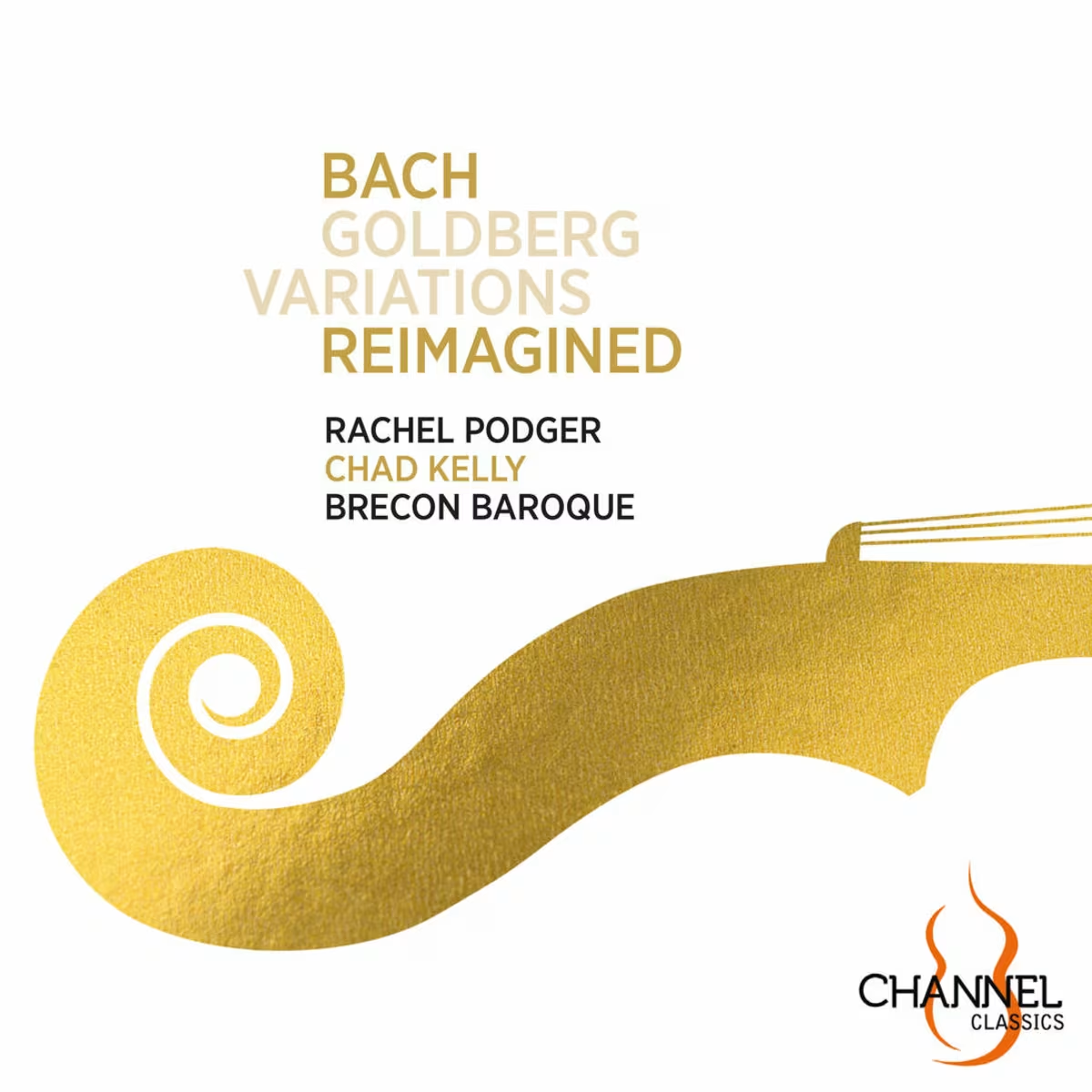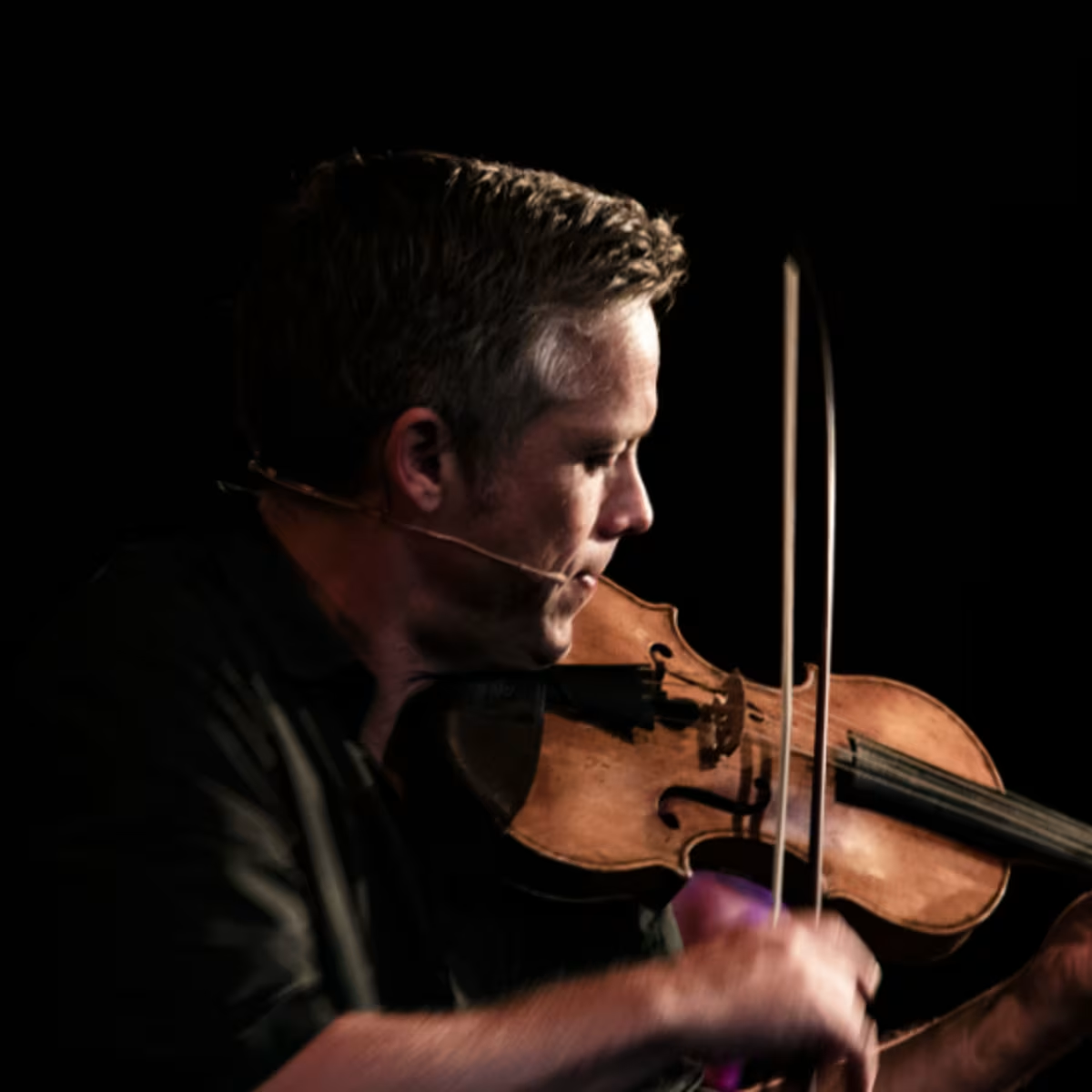Feature
Jordi Savall: Lessons for Life
The Jordi Savall Interview | Part I
Share this

FIRST PUBLISHED 17 APR 2025
Jordi Savall is one of the most distinguished and respected figures in the music world today. Over more than half a century, he has been a pioneering force in Early Music, recognised for his meticulous scholarship, his virtuosity as a viola da gamba player and his superb musicianship as a conductor. He is also a philosopher and a polymath, who has championed collaborations between different musical traditions across the globe, emphasising the role that music plays in uniting us as human beings.
Ashutosh Khandekar interviewed Jordi Savall for Continuo Connect. The full profile appears on Easter Sunday (20 April) but in the meantime, we will be posting daily excerpts giving us glimpses of Savall’s influential life and deep ways of thinking as a musician.
'In February 1968, I was accepted at the Schola Cantorum Basiliensis in Basel, Switzerland, to study viola da gamba. I arrived for my first lesson with my professor, Dr August Wenzinger, one of the founders of the Schola, and an extremely important authority in Early Music. I, on the other hand, was an inexperienced 24-year-old, and probably rather overconfident about my talent! In my music case, I was carrying the scores that I had found during my recent years of research – including photos of the original manuscripts of Marin Marais that were in the Bibliothèque national de France in Paris. Dr Wenzinger, who was in his 60s by then, had done his own research in Paris, but the scores were not on microfiche at the time. Many scores were unavailable to him, and he had to write out whatever music he had encountered by hand. The look on his face when he saw the treasures I had brought with me was one of astonishment!’

Wenzinger’s surprise was compounded by Savall’s next gambit: ‘My first question to him was, “Will you allow me to play the viola da gamba not like you, Herr Professor, but in the style and spirit of Marin Marais?”' The distinguished professor, somewhat nonplussed, asked his new pupil to explain himself. ‘Marais always instructed that “La main doit accompagner le bras” – the hand must follow the arm. I told him that in my opinion, his hand movements were far too stiff when he was playing this music.’
Surely, this was a step too far? Dr Wenziger looked dumbfounded. ‘He fell completely silent and stared at me for a while. And then he suddenly said, “Yes, all right I accept!” From that moment on, he never brought his own instrument into my lessons. He taught me as if he was directing an orchestra: “Jordi, here it is not clear what you are intending... here there is a lack of precision... here the mood isn’t quite right...” But apart from that, I was free to develop my own style and technique in my playing. I am essentially an autodidact – I learn by looking, exploring and experimenting.’
In tomorrow’s excerpt, Jordi Savall gives his views on the hotly-debated topic of authenticity in music. Ash Khandekar’s full interview will be published here on Continuo Connect on Sunday 20 April.
Share this
Keep reading

Soler’s Fandango: a new arrangement by the Lowe Ensemble
The Lowe Ensemble performs Antonio Soler's Fandango in an arrangement for strings, harpsichord, baroque guitar, and percussion.

Bach’s Goldberg Variations Reimagined
Bach’s Goldberg Variations Reimagined - a recording by Rachel Podger and Brecon Baroque of a new arrangement by Chad Kelly.

Pubs, Purcell and Proms: Bjarte Eike’s new take on Early Music
Continuo meets Bjarte Eike, founder and violinist of Norway’s dynamic Barokksolistene, who this summer will perform at the BBC Proms, Edinburgh and Longborough.


